Managing Plant Pests And Diseases Without Chemicals In Greenhouse
To cultivate a thriving and healthy greenhouse, organic gardening methods can be employed to effectively manage pests and maintain a bountiful harvest of fresh flowers, herbs, and vegetables all year round. A well-managed greenhouse provides an ideal environment for plants, but this same climate also attracts many pests and diseases that can quickly get out of hand if left unchecked.
As such, it is essential for organic gardeners to remain vigilant and take proactive measures to prevent and control pest and disease outbreaks in their greenhouses.
Select and Site the Greenhouse
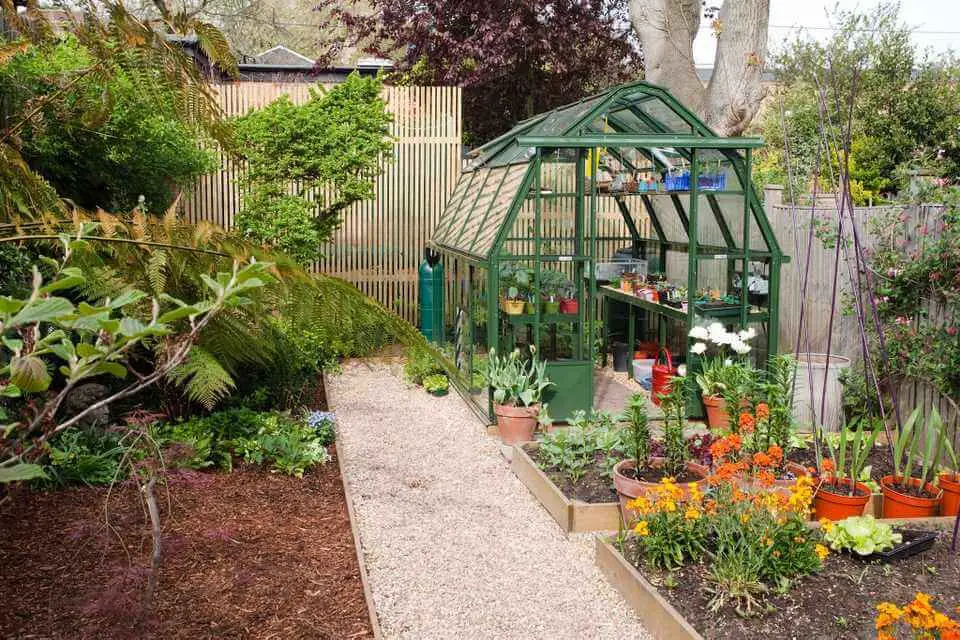
In recent years, the world of greenhouse gardening has undergone a significant transformation. What was once deemed a luxury only accessible to the affluent can now be enjoyed by home gardeners thanks to affordable and high-quality kits offered by manufacturers. Despite this, many still fall into the trap of believing that bigger is always better. The conventional wisdom suggests that buying the largest greenhouse possible is the best approach, as it allows for more growth opportunities.
However, in reality, this can often lead to a situation where gardeners find themselves wishing they had invested in an even larger structure. This is why it’s essential to carefully consider your options and choose between attached or freestanding greenhouses. Attached greenhouses offer the benefit of being able to tap into the home’s heating system, making them ideal for those who want to start gardening year-round. The convenient location also provides easy access during the colder months.
On the other hand, freestanding greenhouses allow for maximum sunlight exposure from all sides and provide ample space for plants. Regardless of which type you choose, it’s crucial to position the greenhouse in a way that allows the largest side to face southward, thereby maximizing natural light.
Sanitation

By prioritizing good greenhouse hygiene, you can significantly reduce the likelihood of pest and disease problems. It’s essential to only introduce healthy plants into the greenhouse environment, as weak or stressed plants can be a breeding ground for issues. If you do encounter sick or infirm plants, consider quarantining them in a separate cold frame or designated area in your home.
Regularly cleaning the interior and exterior of the greenhouse walls in the spring and fall seasons will also help maintain a healthy environment. Additionally, allowing the greenhouse to lie dormant during the summer months can be beneficial for its overall health.
Temperature
When deciding on a greenhouse setup, you have the option to create a warm environment ideal for orchids and tropical plants or a cool one suitable for vegetables and perennials. To ensure optimal conditions, it’s crucial to closely monitor your thermometer readings and take preventative measures to prevent temperatures from skyrocketing during sunny winter days. Temperatures above 85 degrees Fahrenheit can lead to leggy plant growth and mildew outbreaks.
To maintain a healthy balance, incorporate greenhouse fans that promote air circulation and install vents to release stale air. However, be sure to cover these openings with fine mesh to exclude unwanted tiny winged pests.
Watering
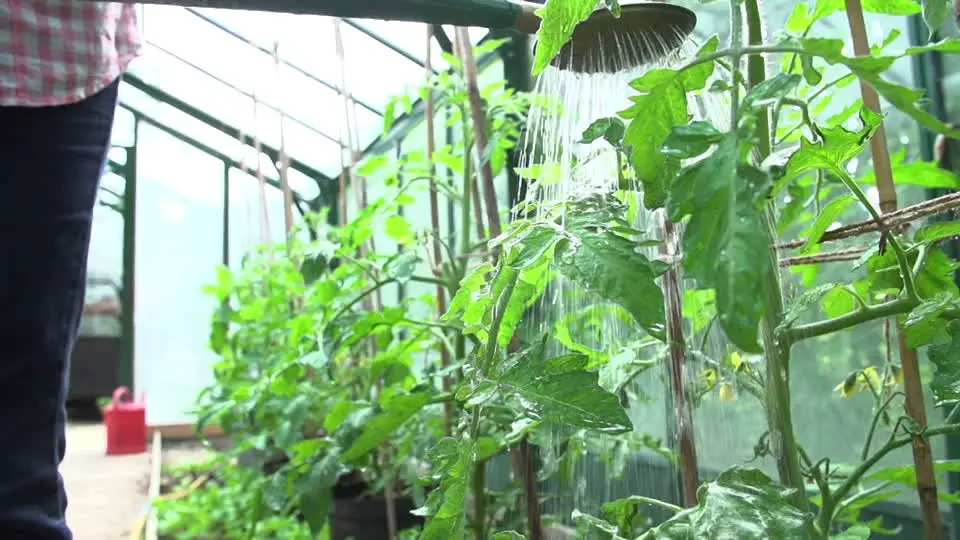
To ensure optimal conditions in your greenhouse, adopt watering techniques that are similar to those you’d use for your outdoor garden. This approach can help prevent mildew and fungus growth. Start by watering your plants in the morning, allowing the sun’s warmth to speed up evaporation. Be mindful of plants prone to mildew and fungal diseases, such as roses and phlox, and avoid wetting their foliage.
Instead, focus on providing the right amount of moisture based on each plant’s individual needs and observations. Remember that greenhouses are inherently humid environments, so it’s better to err on the side of caution and conserve water. By taking a more thoughtful approach to watering, you’ll be able to create a healthy and thriving environment for your plants.
Pest and Disease Outbreaks
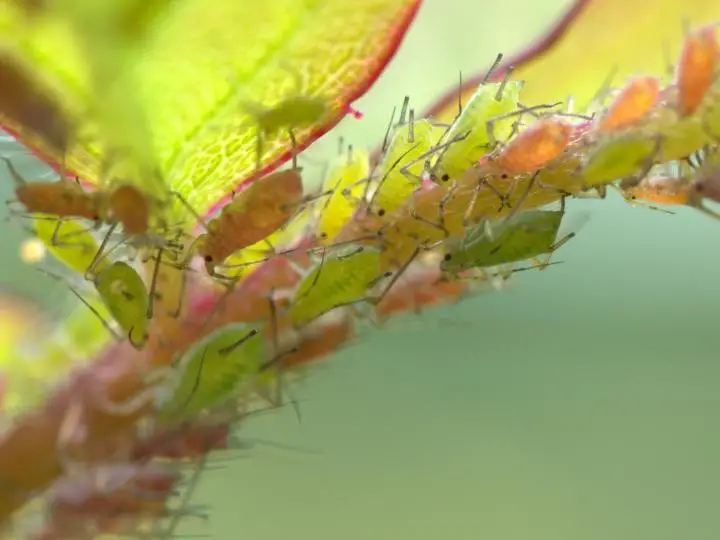
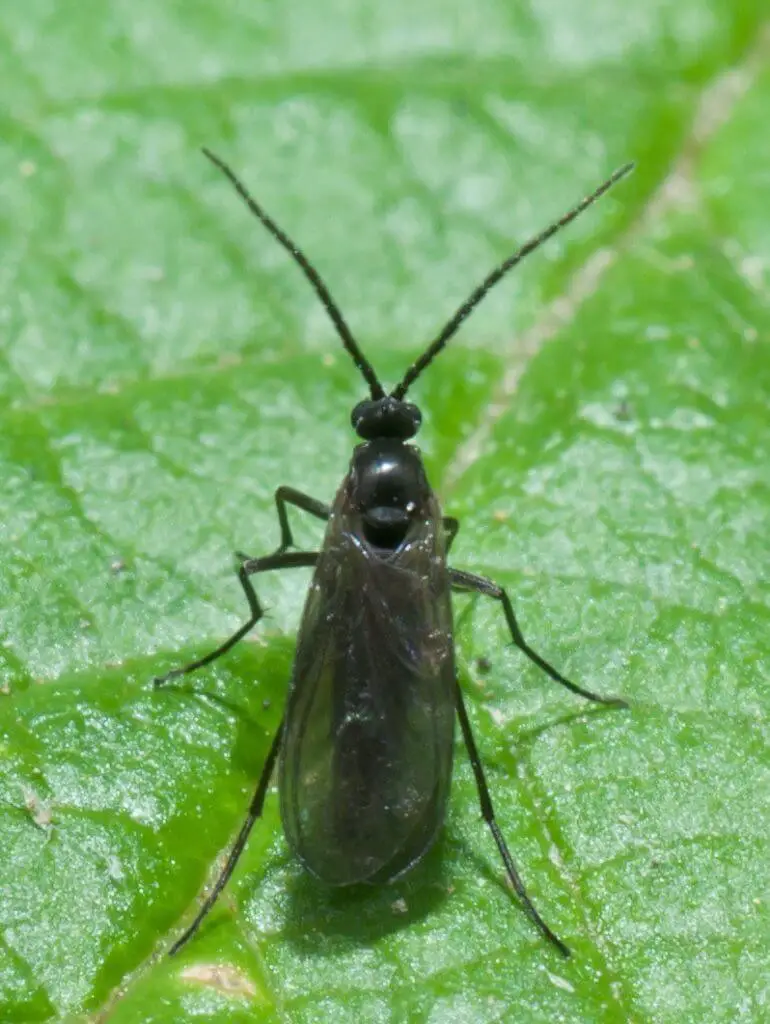
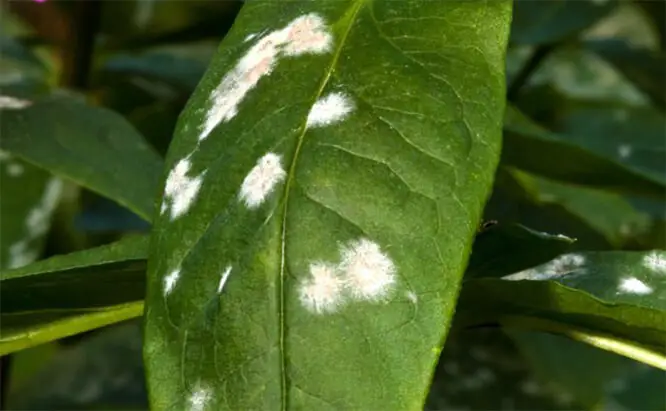
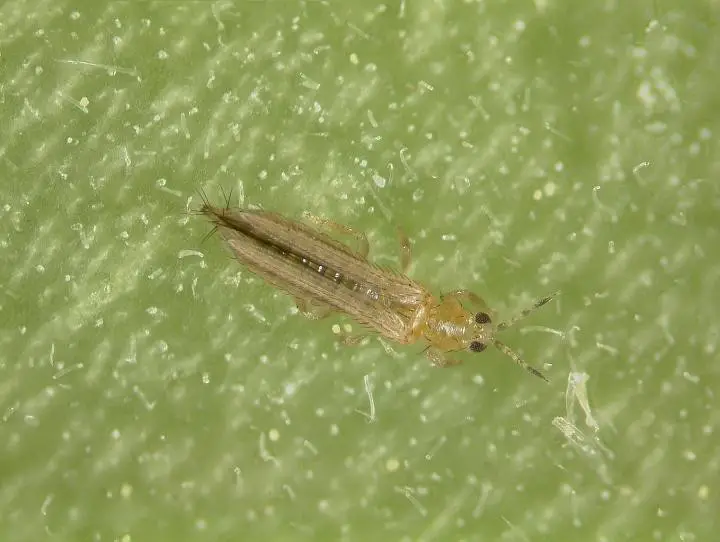
When unexpected issues arise, it’s crucial to act swiftly. For optimal outcomes, respond promptly at the first indication of infestation.
Aphids:
Employ yellow sticky traps to capture any stray pests. Additionally, consider introducing ladybugs into your ecosystem.
Fungus Gnats:
Ensure a thorough clean-up of any accumulated puddles and address any underlying leaks. Furthermore, apply the biological toxin Gnatrol directly to the soil to promote healthy growth.
Powdery Mildew:
Remove any affected leaves to prevent further spread. In addition, utilize sulfur-based sprays to target the infection.
Spider Mites:
Gently dislodge pests using a blast of water. For more persistent infestations, consider applying fine horticultural oil to smother the population.
Thrips:
Dust affected areas with diatomaceous earth, a natural deterrent for these pesky insects.
Whiteflies:
To eliminate the issue swiftly, move all plants indoors for two days and subject your greenhouse to freezing temperatures to disrupt the life cycle of these pests.
Related Posts
To effectively irrigate your vegetable garden while conserving water, consider the following seven tips. First, assess the soil moisture and adjust your watering schedule accordingly. Second, use mulch to retain soil moisture and reduce evaporation. Third, install a drip irrigation system, which delivers water directly to the roots of plants, reducing waste and runoff. Fourth, group plants with similar watering needs together to optimize water usage.
Fifth, incorporate rainwater harvesting systems to collect and store precipitation for future use. Sixth, adopt efficient irrigation scheduling, such as using weather data and soil type to determine optimal watering times. Seventh, maintain your equipment regularly to ensure it’s functioning at its best.






